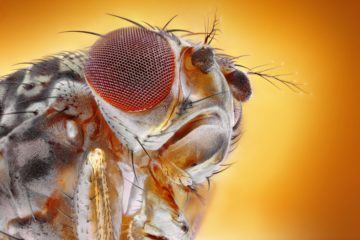Christie Wilcox in Nautilus:
 Let’s say you’re at a big office party full of people, both coworkers and strangers, when someone walks up to you. You have a split second to determine if you know this person or not; you don’t want to make the faux pas of re-introducing yourself to your receptionist. Luckily, your brain is adept at what computer scientists call “novelty detection”—the ability to distinguish new information from details that have been encountered before. Most of the time we do it effortlessly. How exactly that skill works is a provocative scientific mystery, however.
Let’s say you’re at a big office party full of people, both coworkers and strangers, when someone walks up to you. You have a split second to determine if you know this person or not; you don’t want to make the faux pas of re-introducing yourself to your receptionist. Luckily, your brain is adept at what computer scientists call “novelty detection”—the ability to distinguish new information from details that have been encountered before. Most of the time we do it effortlessly. How exactly that skill works is a provocative scientific mystery, however.
Novelty detection is useful in all kinds of other settings, including ones that have nothing to do with social interactions. If you’re getting a mammogram, you want your radiologist and any image-analysis software she uses to be good at novelty detection, so she can accurately spot any mass that shouldn’t be there. If you’re shopping in a store, you want your credit card company to have good novelty detection, too. It’s nice that they are on the lookout for fraudulent transactions, but it would be nicer if they didn’t shut down your card every time you drive an hour away from home.
It just so happens that all of these detectors—your brain, medical analysis programs, and credit card fraud detectors—rely on similar algorithms to find new and unusual things. The main difference is that your brain’s novelty detection algorithm is much more accurate and efficient than the programmed ones, at least for now. Computer scientists like Saket Navlakha are therefore working to better understand the algorithms that succeed so well in biology, and then reverse-engineer them to improve the ones in our technology.
More here.
